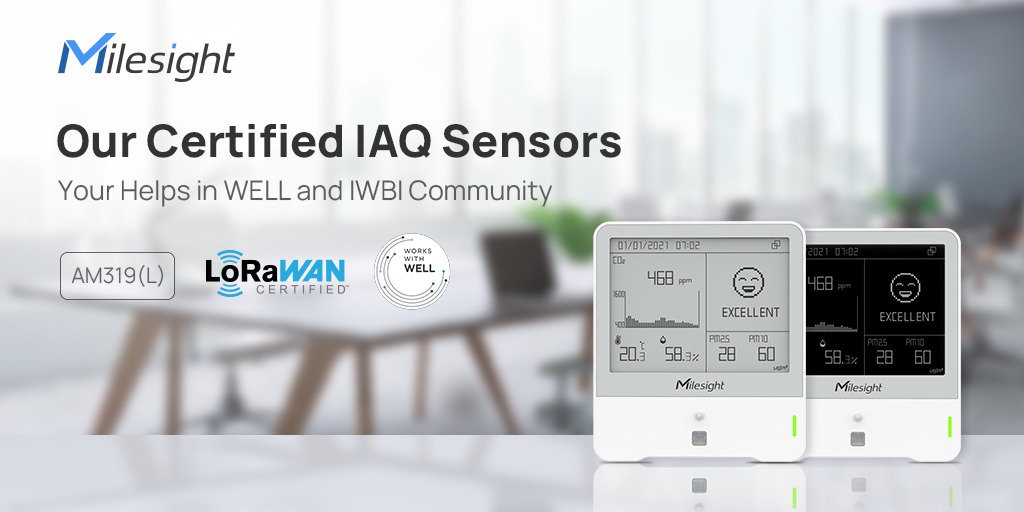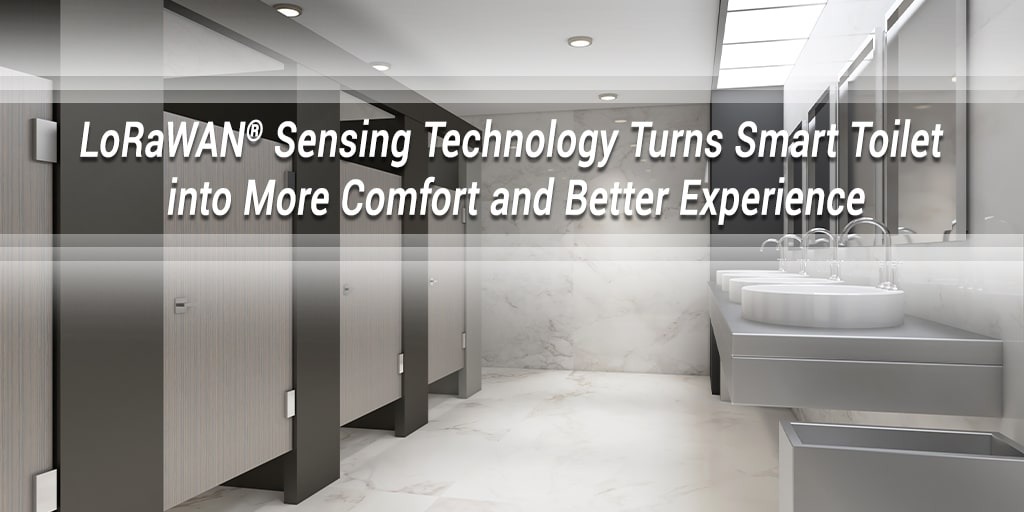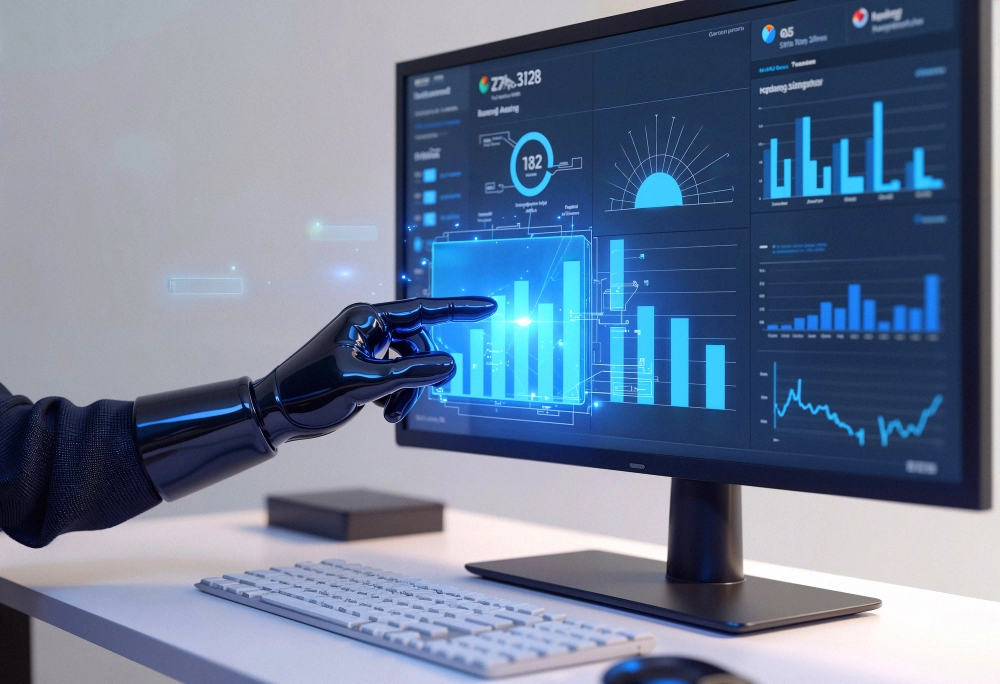SMART OFFICE

Modern offices face mounting pressure to balance employee experience, energy efficiency, and ESG reporting. The traditional approach—fixed lighting schedules, manually set thermostats, and limited visibility into space usage—often leads to underutilized real estate, wasted electricity, and reduced worker satisfaction. With hybrid work becoming the norm, many companies now find themselves paying for unused desks, oversized meeting rooms, and HVAC systems cooling empty spaces. This inefficiency not only inflates operational costs but also clashes with corporate sustainability targets under standards such as BCA Green Mark, WELL, and LEED.
Another recurring pain point is facility management productivity. Cleaning, maintenance, and HVAC servicing are often done on schedules rather than on demand, which wastes manpower and does not always match real office usage. Additionally, in the post-COVID era, indoor air quality (IAQ) has become critical. Poor CO₂ and VOC levels reduce employee productivity and can cause absenteeism. Without real-time monitoring, FM teams cannot proactively address these issues.
Solutions with NexAscent sensors
NexAscent provides sensors or end-to-end solutions.

01.
Desk occupancy sensors (VS340, VS341)
These sensors provide accurate people-counting and desk-level occupancy monitoring. Facilities teams can analyze patterns to right-size office layouts, convert underutilized meeting rooms, and enable desk-booking systems. This ensures offices match real demand rather than outdated headcount assumptions.

02.
Room occupancy sensors (WS202, VS370, VS121, VS321)
Room occupancy sensors track real-time usage of meeting rooms and shared spaces. Facilities teams can identify underused areas, optimize layouts, and prevent double bookings. By aligning space allocation with actual demand, organizations reduce costs and improve workplace efficiency.

03.
Environmental sensors (AM102, AM103, AM307, AM308, AM319)
These measure CO₂, temperature, humidity, light, and VOCs. Integrated with HVAC and lighting control, offices can automatically adjust airflow, cooling, and brightness, maintaining comfort while reducing energy usage. For example, CO₂-driven ventilation prevents energy waste from over-ventilating empty spaces.

04.
Energy Monitoring (CT-10X, CT-30x, UC100, UC300)
Real-time monitoring of lights, HVAC, and plug loads helps companies identify high-consumption areas. When paired with occupancy data, the system ensures devices only run when needed.

05.
Smart Restroom Sensors
Smart soap, paper, and bin-level sensors automate FM workflows. Instead of fixed cleaning rounds, staff are dispatched only when service is needed, improving hygiene while cutting unnecessary labor.

05.
Centralized Dashboard & AI Analytics
The data streams converge into an IoT platform where managers can visualize occupancy rates, IAQ scores, and energy trends. Advanced analytics can suggest space consolidation, highlight energy anomalies, or generate automated ESG compliance reports.
ROI and Business Case
The ROI of smart office sensors is multi-layered
Energy Savings
(20–30% reduction)
By linking occupancy with HVAC and lighting, companies avoid cooling or lighting unused spaces. For a 10,000 m² office, this translates into hundreds of thousands of dollars saved annually.
Real Estate Optimization
If data shows consistent underutilization, companies can reduce leased space or sublet portions, potentially saving millions over multi-year leases.
Productivity Gains
Studies show poor IAQ can reduce worker productivity by up to 10%. Proactive monitoring and correction translate into higher output and reduced absenteeism, often outweighing hardware costs.
FM Efficiency
Demand-based cleaning can reduce manpower hours by 20–40%, freeing resources for higher-value tasks while improving occupant satisfaction.
Compliance and ESG Reporting
Automated carbon footprint and energy reports simplify certification processes (Green Mark, WELL, LEED), making the company more attractive to investors and tenants.
Conclusion
A smart office powered by LoRaWAN sensors is not just about adding IoT gadgets—it’s about transforming workplaces into data-driven, adaptive environments. By solving problems of wasted energy, poor space utilization, and low IAQ, companies achieve measurable ROI in energy, manpower, and real estate costs. At the same time, they enhance employee well-being and future-proof their operations against tightening sustainability regulations.
In essence, smart office deployments move the discussion from cost-center facilities management to a strategic enabler of efficiency, ESG goals, and employee engagement.
